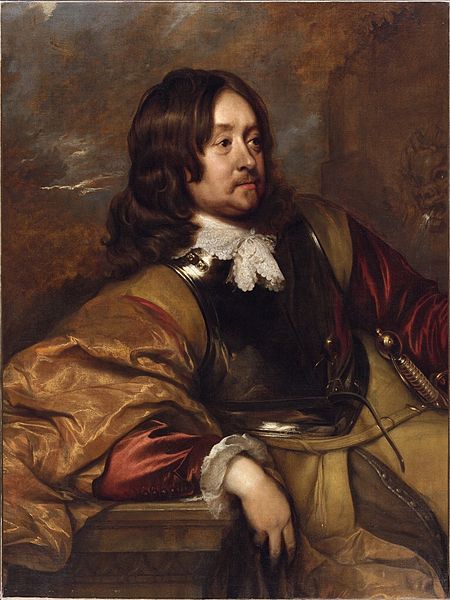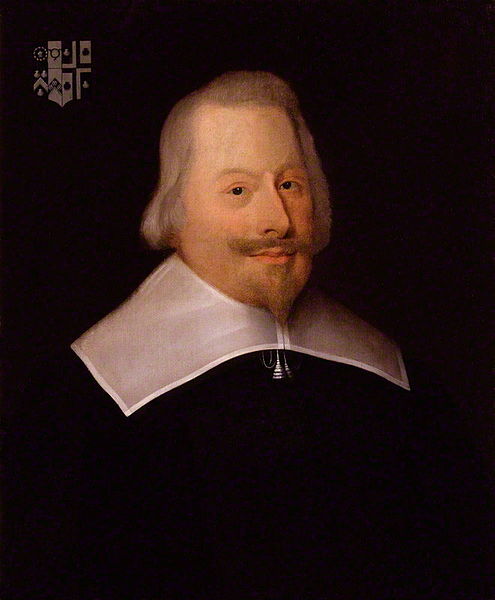The First Battle of Newbury was a battle of the First English Civil War that was fought on 20 September 1643 between a Royalist army, under the personal command of King Charles, and a Parliamentarian force led by the Earl of Essex. Following a year of Royalist successes in which they took Banbury, Oxford and Reading without conflict before storming Bristol, the Parliamentarians were left without an effective army in the west of England. When Charles laid siege to Gloucester, Parliament was forced to muster a force under Essex with which to beat Charles' forces off. After a long march, Essex surprised the Royalists and forced them away from Gloucester before beginning a retreat to London. Charles rallied his forces and pursued Essex, overtaking the Parliamentarian army at Newbury and forcing them to march past the Royalist force to continue their retreat.
First Battle of Newbury
Prince Rupert of the Rhine, whose capture of Bristol represented the high-water mark for the Royalist cause
Sir Edward Massie; the Royalist advance on Gloucester was based on the assumption that he would surrender the city, which he did not.
First battle of Newbury site, facing South
The First English Civil War took place in England and Wales from 1642 to 1646, and forms part of the 1639 to 1653 Wars of the Three Kingdoms. An estimated 15% to 20% of adult males in England and Wales served in the military at some point between 1639 and 1653, while around 4% of the total population died from war-related causes. These figures illustrate the widespread impact of the conflict on society, and the bitterness it engendered as a result.
'Cavalier Troops Mustering outside the Guildhall, Exeter' by John Joseph Barker, 1886, from the Royal Albert Memorial Museum's collection
Edward Hyde, later Earl of Clarendon, ca 1643; originally part of the Parliamentary opposition, in 1642 he became Charles' chief advisor
John Pym, who led the opposition to Charles from 1640 until his death in December 1643
Charles' nephew and most talented general, Prince Rupert, popularised during the Victorian era as the archetypal Cavalier








